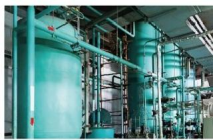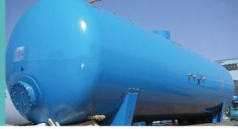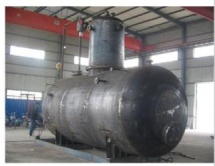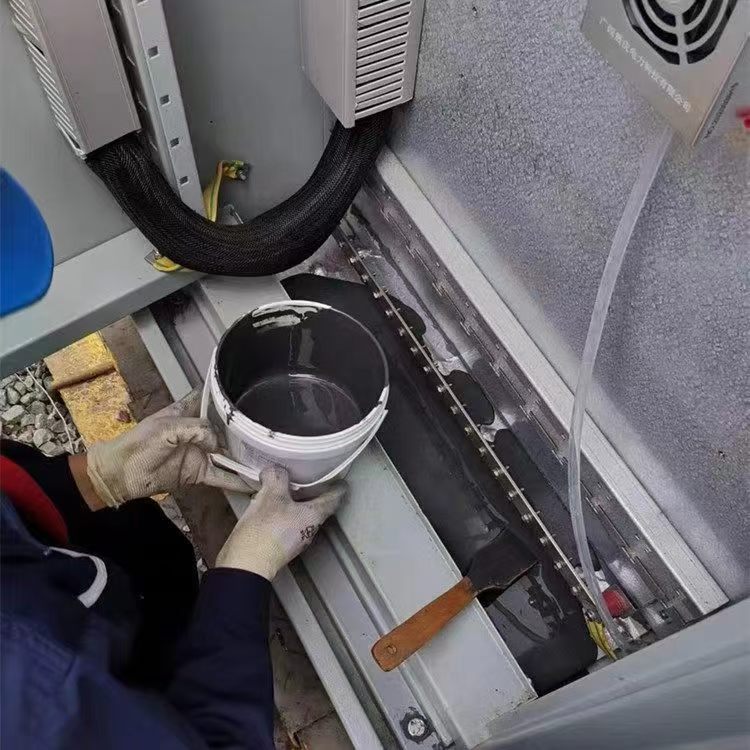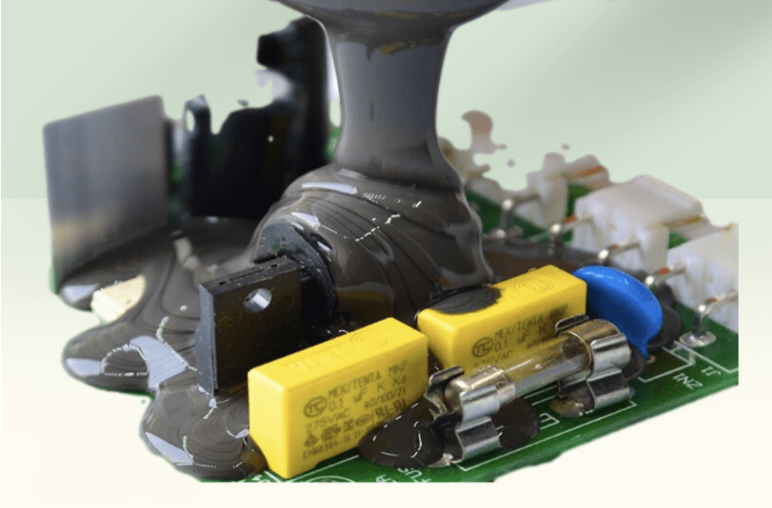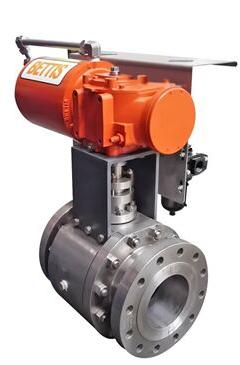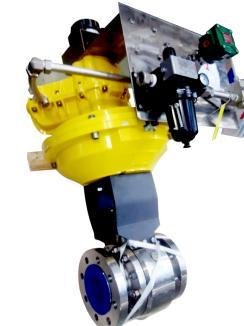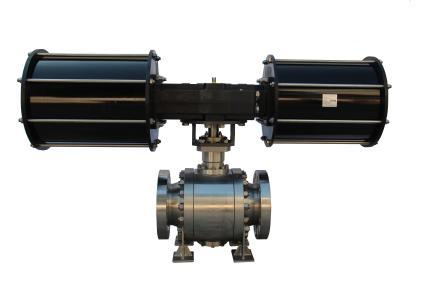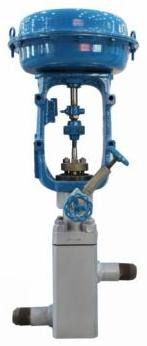Wedoany.com Report-Apr. 14, Technip Energies, based in Paris, has secured a significant contract from Blue Point Number One, a joint venture formed by CF Industries Holdings, Inc. (Deerfield, Illinois), JERA Co., Inc. (Tokyo), and Mitsui & Co. The contract focuses on the Blue Point Number One ATR Project in Donaldsonville, Louisiana, aiming to build the world’s largest low-carbon ammonia facility, with an annual capacity of about 1.4 million metric tons.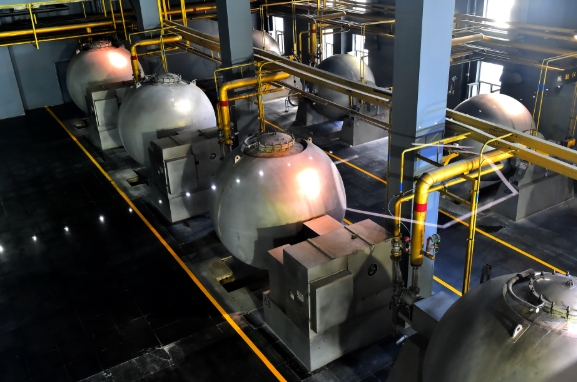
Technip Energies will handle engineering, procurement, equipment production, and module fabrication for the plant. The company will apply its expertise in modular design and efficient project execution to ensure seamless delivery. Collaborating with Topsoe A/S from Lyngby, Denmark, Technip Energies will integrate Topsoe’s SynCOR Ammonia technology, combining advanced systems to meet the project’s ambitious goals.
The facility is designed to capture over 95% of CO2 emissions, marking a major advancement for the ammonia sector. The low-carbon ammonia produced will address growing global demand for both conventional and emerging uses, such as power generation and marine fuels. Ammonia’s efficiency as a liquid energy carrier makes it a cost-effective option for hydrogen transport, supporting its role as a sustainable energy solution across various industries.
Arnaud Pieton, CEO of Technip Energies, said: “We are delighted to be entrusted by CF Industries, JERA, and Mitsui with Blue Point Number One ATR, a landmark project for the low-carbon ammonia industry that highlights our capabilities in delivering large-scale facilities that integrate state-of-the-art technologies. By leveraging our modularization know-how and project delivery excellence, we are paving the way for low-carbon ammonia production at scale.”
The Blue Point Number One ATR Project represents a step toward sustainable industrial practices, utilizing innovative technology to reduce environmental impact. By combining expertise from multiple partners, the initiative aims to set a benchmark for large-scale, low-carbon ammonia production. The facility’s output is expected to contribute to global efforts in meeting energy needs while prioritizing environmental responsibility.
This collaboration underscores the importance of integrating advanced technologies to achieve sustainability goals. The project’s focus on scalability and efficiency positions it as a model for future developments in the ammonia industry, supporting diverse applications worldwide.

